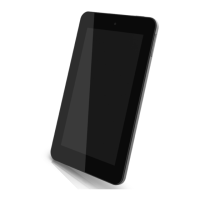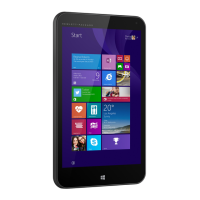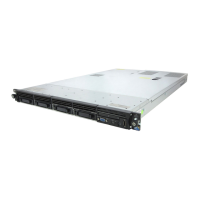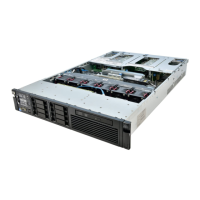Confirm USB function of 3-USB Type-A and 1-USB
Type-C working normally.
Support and troubleshooting
The following table lists possible problems, the possible cause or each problem, and the recommended
solutions.
Table 4-2: Solving common problems
Screen is blank or
video is flashing.
Power cord is disconnected.
Power the power button.
NOTE: If pressing the Power
button has no effect, press and
hold the power button for 10
seconds to disable the Power
button lockout feature.
Video cable is improperly connected.
Connect the video cable
properly.
Press any key on the keyboard
or move the mouse to exit Sleep
mode.
Video card is incompatible.
Open the OSD menu and
select the Input menu. Set
Auto- Switch Input to Off
and manually select the
input.
or
Replace the video card or
connect the video cable to one of
the computer’s on-board video
sources.
Image appears
blurred, indistinct,
or too dark.
Open the OSD menu and select
Brightness to adjust the
brightness scale as needed.
Check Video Cable
is displayed on
screen.
Monitor video cable is disconnected.
Connect the appropriate video
signal cable between the
computer and monitor. Be sure
that the computer power is off
while you connect the video
cable.
Input Signal Out of
Range is displayed
on screen.
Video resolution and/or refresh rate are set higher than
what the monitor supports.
Change the settings to a
supported setting.
The monitor does
not enter into a
low-power sleep
state.
The monitor’s power saving control is disabled.
Open the OSD menu and select
Power, select Auto-Sleep Mode
and set auto-sleep to On.
“OSD Lockout” is
displayed.
The monitor’s OSD lock function is enabled.
Press and hold the Menu button
to disable the OSD lockout
function.
“Power Button
Lockout” is
displayed.
The monitor’s power button is locked.
Press and hold the Power
button for 10 seconds to
disable the power button lock
function.

